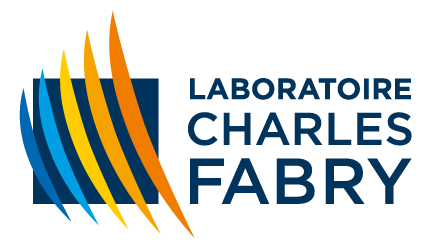Génération d'états non-classiques
Present members: Rosa Tualle-Brouri
Former members: Martin Bouillard, Guillaume Boucher, Jérôme Wenger, Alexei Ourjoumtsev, Julien Laurat, Aurelien Dantan, Nicolò Spagnolo, Rémi Blandino, Franck Ferreyrol, Marco Barbieri, Jean Etesse, Bhaskar Kanseri
Quantum optics provides useful tools to quantum information processing. In the continuous variables approach, some exotic states with complex quantum structures exhibit really interesting quantum properties, opening new perspectives. For instance, such states allow an implementation of the quantum gates required for quantum computing by only using beam-splitters and photodetectors. The cat state, which is a superposition of two coherent states with opposite phase and was named so in reference to the famous Schrödinger gedankenexperiment, is one of these states. The main challenge is to be able to generate them efficiently.
In recent years, our group has demonstrated a probabilistic approach to generate strongly non-classical states, based on effective nonlinear operations realized by the mean of projective measurements and post-selection (the so-called "measurement-induced non-linearities"). As a relevant example, a cat state can be produced by the “fusion” of two photons [PRL 114, 193602, 2015]: two single-photon states are mixed on a symmetric beamsplitter, leading to the photon coalescence effect, and a homodyne measurement projects the state on a cat state. This operation can be iterated, increasing the complexity of the generated state, and this can be performed efficiently with a reliable quantum memory. As we are working in the picosecond regime, with pulses of spatial extension in the millimeter range, we can use a high finesse optical cavity, equipped with a low-loss active insertion/extraction system, as such a memory.
Experimental set-up
Figure 1: (A) Experimental set-up for producing a cat state from the coalescence of two single-photon states [from PRL 114, 193602, 2015]. A picosecond laser beam is frequency-doubled (SHG) in order to pump two optical parametric amplifiers (OPA) and to produce two photon pairs by parametric down-conversion. This allows the generation of two single-photon states by conditional generation (detection events on SPCM 1 and 2), which are mixed on a symmetric beam-splitter and analyzed by two homodyne detections. (B) Wigner function of the cat state generated by this setup.
